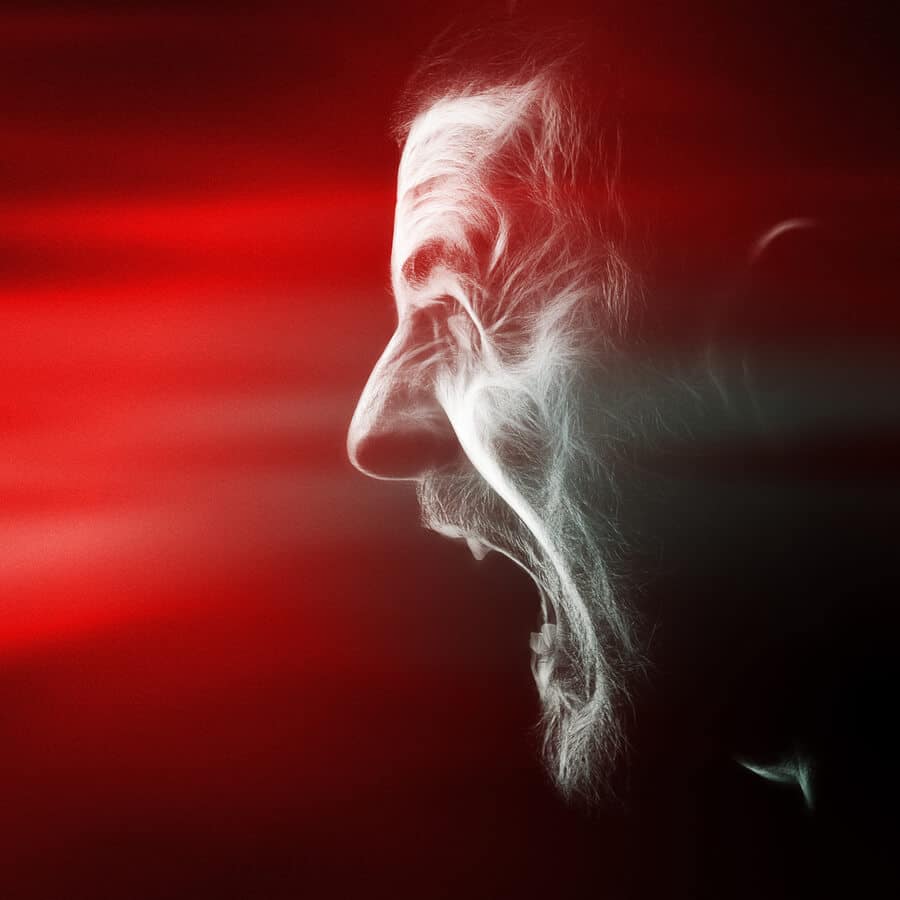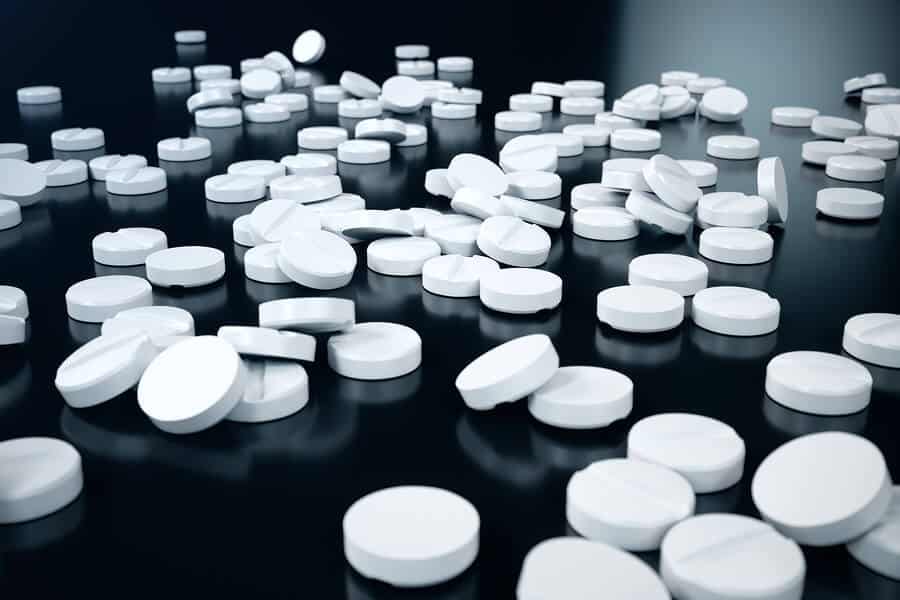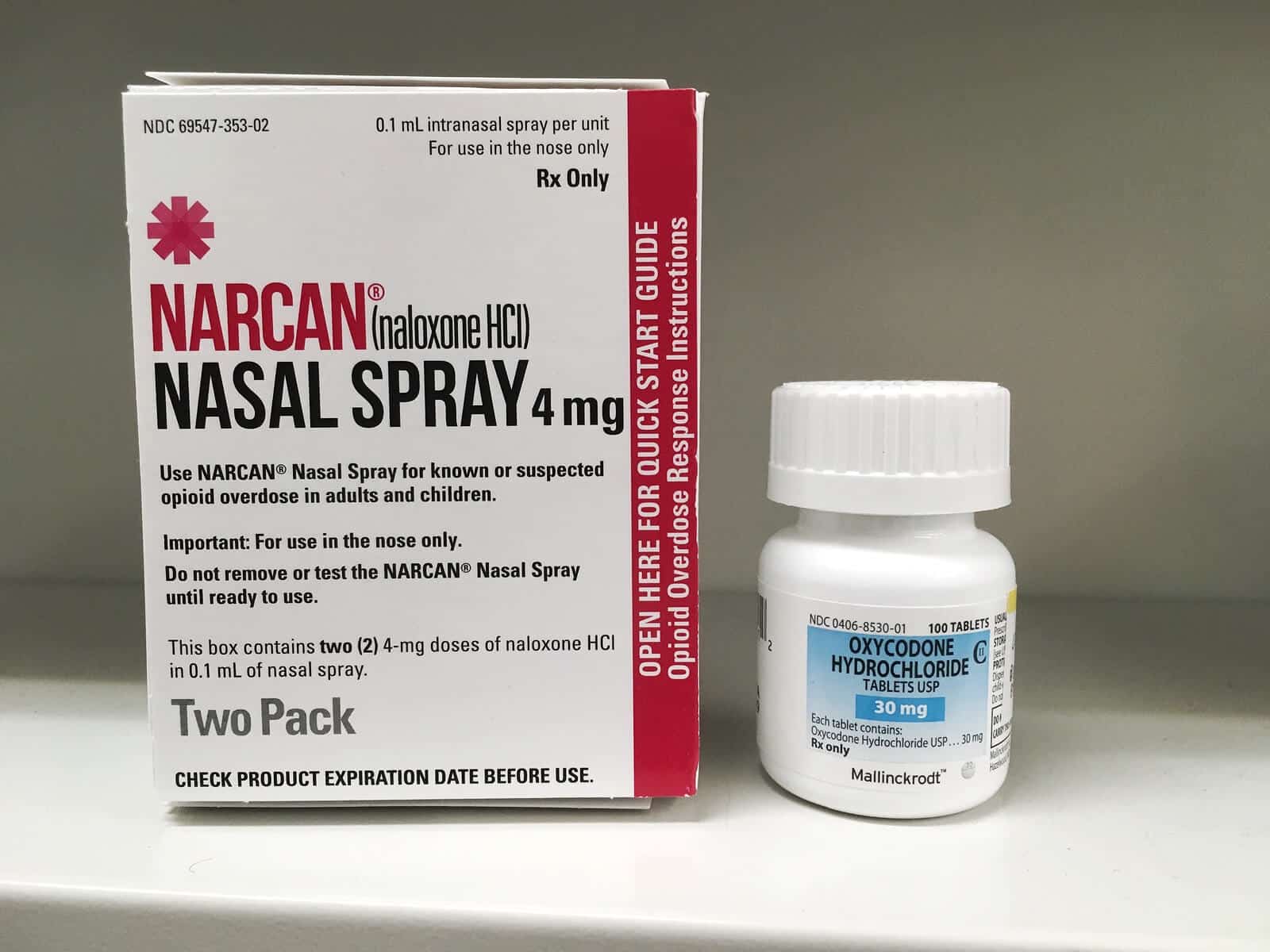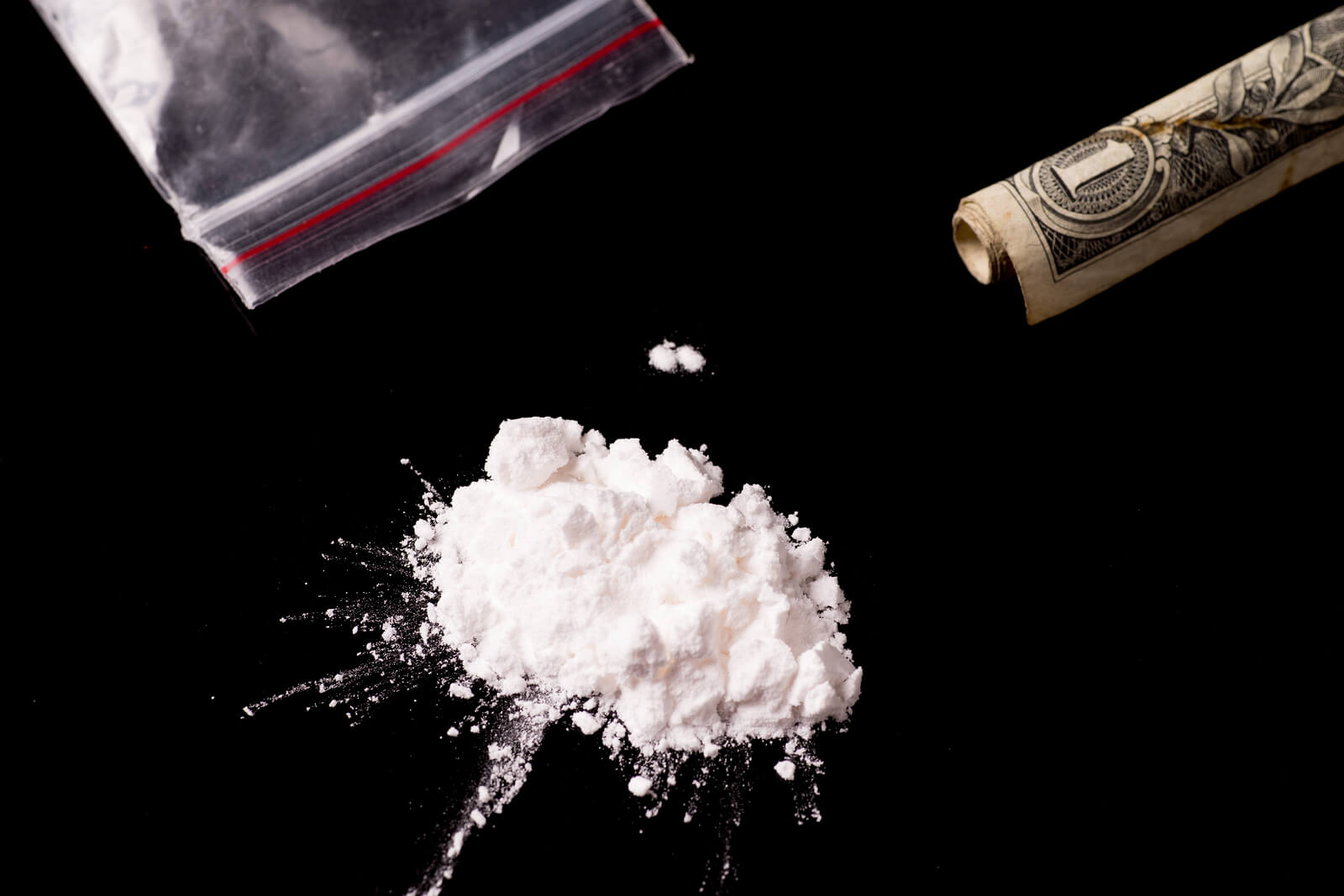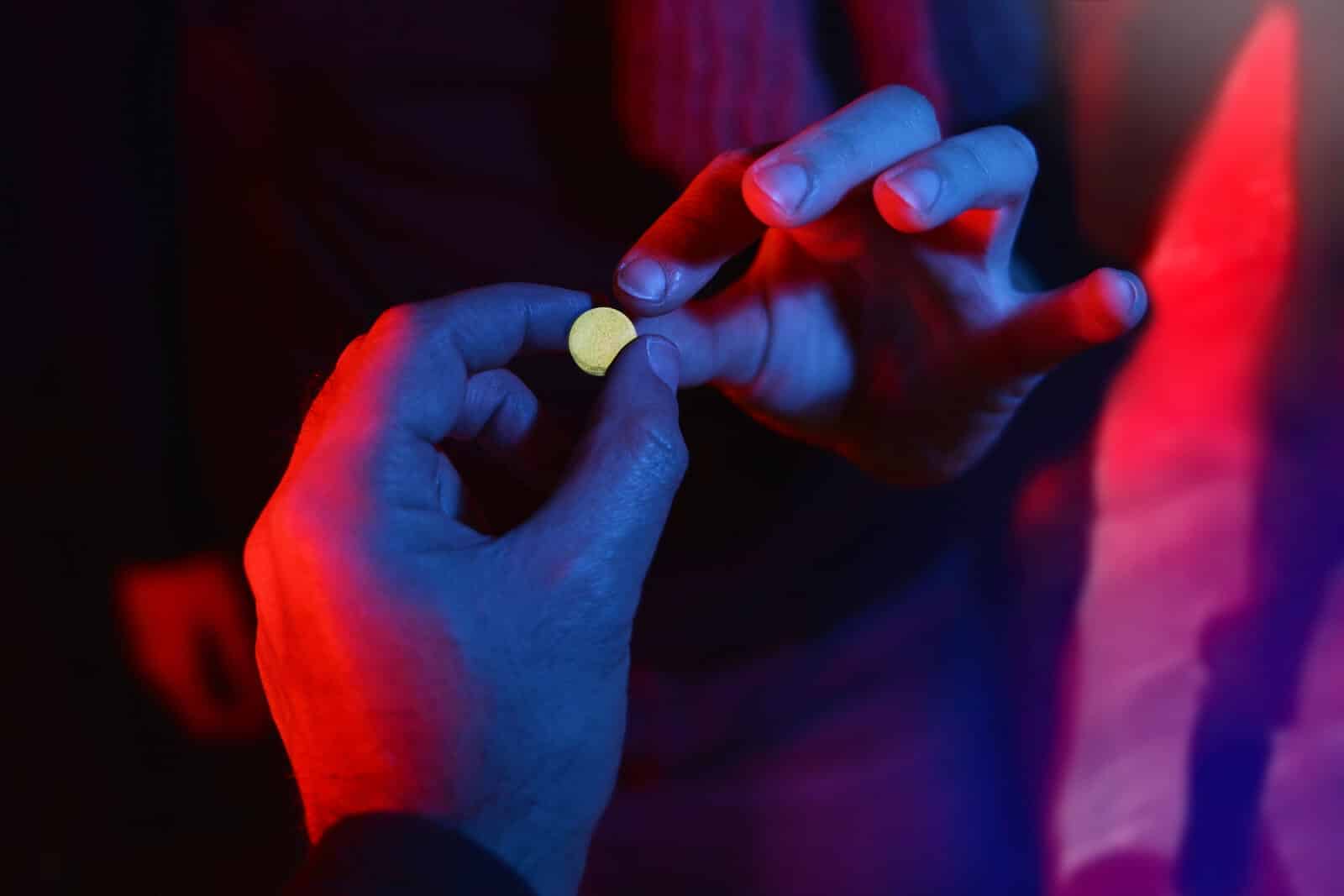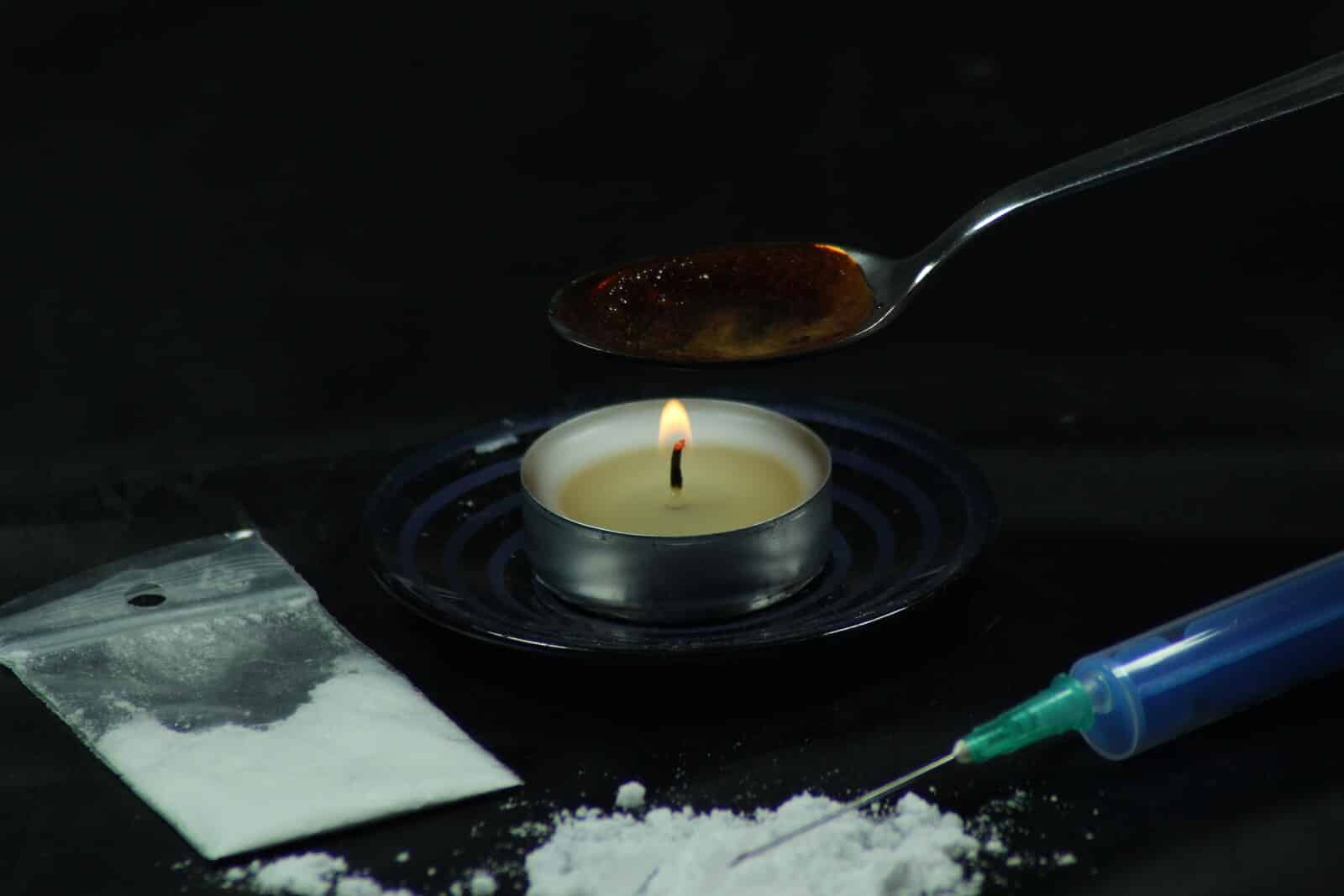
Adults with fetal alcohol syndrome often face a series of uphill battles. Fetal alcohol syndrome (FAS) is a group of related signs and symptoms that occur due to excessive alcohol exposure in the womb. FAS is one disorder found in a collection of conditions known as Fetal Alcohol Spectrum Disorders (FASD). FASD is an umbrella term that describes the range of effects that can occur in a person whose mother drank alcohol during pregnancy.
Every year, thousands of infants in the U.S. are born with FAS, a developmental condition that is entirely preventable. FAS occurs when a mother consumes too much alcohol during pregnancy. Common symptoms that may be caused by FAS include slower childhood development of cognitive abilities and motor skills, growing less quickly than other children their age, mental retardation, and facial abnormalities.
Some of the other common effects of fetal alcohol syndrome include the following:
- Small jaw
- Thin upper lip
- Flattened cheeks
- Larger skull size
- Smaller eyes
- Drooping eyelids
- Low birth weight
- Impaired language development
- Memory problems
- Hyperactivity
- Hearing disorders
- Smaller skull size
Fetal Alcohol Syndrome in Adults and Substance Abuse
A fact that is largely unaddressed is that people with FAS face a high risk for developing a drug or alcohol use disorder themselves. According to research from 1996, among people with FASD, substance addiction was experienced by 30% of individuals aged 12 years and older. Of the adults with fetal alcohol effects (FAE), 53% of males and 70% of females had experienced substance abuse problems – more than five times that of the general population. FAE is a softer diagnosis than fetal alcohol syndrome (FAS).
The Long-Term Effects of Alcohol Use During Pregnancy
In the long term, fetal alcohol syndrome in adults can contribute to a host of secondary conditions and problems that tend to make life more difficult for those who suffer and their caregiver.
The most common secondary conditions include the following:
Mental health problems including ADD, depression, and certain psychotic disorders
Academic challenges due to learning difficulties and the inability to work well with others
Legal issues related to problems with anger control and understanding social cues
Drug and alcohol abuse and addiction
Secondary Conditions of FAS During Adulthood
The effects of FAS can be particularly challenging to navigate during adulthood when the person is expected to take care of him or herself. Adults who experience effects related to fetal alcohol exposure often need help as they try to find housing, employment, transportation, and managing daily life.
Unfortunately, a large number of those affected will never receive the resources and support they need to succeed. According to a University of Washington study of people with FAS aged 6-51, nearly 80% had employment problems. What’s more, over 60% of those over age 12 had legal troubles, and 35% had drug and alcohol use disorders.
As people with FAS reach adulthood, both they and their caregivers face additional challenges. Specialized coaches and counselors may be required to help these individuals live happily and relatively independently.
There are a number of secondary effects that most individuals with FAS encounter, such as the following:
- Mental health disorders
- Unemployment
- Homelessness
- Disrupted academic success
- Inability to live independently
- Victimization
- Difficulty raising their own children
Diagnosis

Unfortunately, fetal alcohol syndrome in adults is not always easy to identify, and it may take years for a person to recognize symptoms. People who are not diagnosed until later in life will not have benefited from intensive therapy and other resources aimed at helping persons with FAS at an early age.
Furthermore, it may be difficult for a person to receive these services once he or she has reached adulthood, as most of these therapies are for children. Finally, at this point, diagnoses may be compounded by alcohol and drug abuse, mental health disorders, or other problems which may cause FAS to present differently or intensify symptoms.
Prevention of Fetal Alcohol Syndrome
When a woman drinks during pregnancy, the blood travels through her body and into the placenta to the developing fetus. Because the body of a fetus cannot break down alcohol as fast and efficiently as an adult, the alcohol will remain in their tiny bodies for much longer, and this is what is believed to cause FAS.
Women who consume excessive amounts of alcohol while pregnant increase the risk of their child developing FAS, although no amount of alcohol use is considered safe. If a woman is pregnant, the only way to ensure that fetal alcohol syndrome doesn’t develop is to abstain from alcohol consumption altogether.
Treatment for Substance Abuse
Some persons, depending on how profoundly they are affected by symptoms of fetal alcohol syndrome in adults, who have a substance use disorder themselves can receive treatment at a specialized facility such as Harmony Treatment and Wellness. We offer a comprehensive approach to addiction treatment that includes evidence-based services, such as behavioral therapy, essential for the recovery process.
We employ highly-skilled addiction professionals who are trained to provide clients with the resources and support they so direly need to achieve abstinence and sustain long-term wellness and sobriety. For those with co-occurring mental health disorders, such as depression, we offer integrated treatment programs that are designed to address both conditions simultaneously.
If you are suffering from addiction to drugs or alcohol, contact us today to discuss treatment options and find out how we can help you begin your journey to recovery – and guide you every step of the way!

